Ever wondered what really sets advertising apart from promoting? These two strategies might seem similar at first glance, but they play very different roles in the marketing world. Advertising is the art of crafting emotional connections with your audience, aiming to build long-term brand loyalty through consistent messages spread across various media. It’s an investment into the future recognition of your brand, though it can come with a higher price tag. On the flip side, promoting is all about the here and now. It leverages tactics like discounts, giveaways, and limited-time offers to ignite quick sales and create an immediate impact, often working within a more modest budget.
So, why does this distinction matter for your business? Whether you’re refining your marketing strategies or just curious about optimizing your campaigns, knowing when and how to use each tool effectively can transform your outcomes. Dive deeper with us as we explore the unique powers of advertising and promotion to revolutionize your approach to marketing.
Understanding Advertising
When you think about advertising, you’re looking at a strategic tool that aims to create awareness and build your brand’s identity. Its core objectives include capturing attention, conveying a consistent message, and fostering long-term customer loyalty.
Definition and Scope of Advertising
Advertising serves as a powerful, paid promotional tool designed to capture the attention of a broad audience strategically. As a form of marketing, advertising is a technique that involves paid advertising across various media channels. From traditional advertising like TV and radio to digital platforms, commercial advertising plays a crucial role in a wide range of marketing strategies.

When comparing advertising vs. promotion, it’s important to recognize that advertising aims for long-term brand building, while promotions often seek immediate sales boosts. The scope of advertising includes several types:
- Media advertising: This encompasses TV, radio, and online ads.
- Traditional advertising: Think billboards, print newspapers, and magazines.
- Commercial advertising: Ads focused on promoting products and services.
Advertising can be expensive for small companies, but it remains a cornerstone of brand recognition and market penetration. With a broad reach, advertising helps in creating brand narratives and establishing emotional connections with the audience. It’s a strategic investment that, while costly, can yield significant returns by boosting brand visibility and loyalty over time.
Core Objectives of Advertising
To understand the core objectives of advertising, focus on building brand awareness, engaging customers, and creating a competitive advantage.

Advertising campaigns are designed to make your brand recognizable and memorable. By consistently communicating your brand’s message, you increase brand awareness and ensure your target audience knows who you’re and what you offer.
Customer engagement is another critical objective. Through interactive advertising, especially on social media marketing platforms, you can foster a positive image and encourage your audience to interact with your brand. This engagement not only helps in building relationships but also in understanding customer needs and preferences.
Creating a competitive advantage is also essential. Effective advertising sets you apart from your competitors by highlighting what makes your brand unique. For instance, Patagonia’s environmental campaigns and Progressive’s character-driven ads are excellent examples of how distinct marketing strategies can create a strong brand presence.
When considering advertising vs promotion, remember that advertising aims for long-term brand loyalty and recognition. It’s about crafting a narrative that sticks with people, ensuring they choose your brand over others repeatedly.
Exploring Promotion
When you explore promotion, you’ll find it’s all about creating immediate impact and driving quick sales.
By using tactics like discounts, limited-time offers, and giveaways, promotions persuade customers to act quickly.
Unlike advertising, which builds long-term brand awareness, promotions focus on instant customer response and sales boosts.
What is Promotion?
In the realm of marketing, promotion encompasses a set of tactics designed to immediately boost sales and enhance market penetration. When we talk about marketing and promotion, you should know that promotion is one of the four Ps in the marketing mix. Promotion involves employing various strategies to create urgency and drive sales. While it often includes a form of advertising, it’s more focused on short-term goals.

Promotional activities are diverse and can include:
- Sales discounts: Offering temporary price reductions to entice customers.
- Special offers: Limited-time deals that create a sense of urgency.
- Loyalty programs: Rewarding repeat customers to build long-term relationships.
Tactics and Impact of Promotions
Promotional tactics like discounts, contests, and free samples can instantly influence consumer behavior and lead to rapid sales increases. When you incorporate these strategies into your promotional marketing, they typically yield immediate effects.
For instance, offering discounts can create a sense of urgency, prompting consumers to make quick purchasing decisions to take advantage of lower prices.

Contests are another powerful tactic. By engaging customers in competitive activities where they can win prizes, you can significantly boost brand interaction and drive sales spikes. This not only enhances consumer involvement but also generates buzz around your products or services.
Free samples are equally impactful. They allow potential customers to experience your product firsthand without any financial commitment, which can effectively convert hesitant buyers into loyal customers. This hands-on approach directly influences consumer behavior by providing tangible value, thereby increasing the likelihood of future purchases.
These tactics, when effectively executed, can have a profound impact on your sales and customer engagement. Promotions typically focus on short-term results, but their immediate effects can lead to substantial sales spikes and enhanced brand visibility, making them essential tools in your marketing arsenal.
Key Differences Between Advertising and Promotion
When comparing advertising and promotion, you’ll notice they differ in duration and focus. Advertising aims for long-term brand building, while promotions target immediate sales boosts.
Additionally, advertising typically involves higher costs and broader reach, whereas promotions are often more cost-effective and targeted.
Duration and Focus
Understanding the duration and focus of advertising and promotions helps you better align each with your specific marketing goals. Advertising and promotions serve different purposes and timelines within your overall strategy.

Advertising often has a long-term focus, aiming to build brand awareness, loyalty, and recognition over time. It’s designed to create a lasting impact on your audience’s perception of your brand.
On the other hand, promotions are typically short-term in nature, focusing on immediate sales boosts and customer engagement.
To help you see the differences more clearly:
- Advertising: Long-term focus, builds brand image, and supports sustained market presence.
- Promotions: Short-term nature, drives quick sales, and creates urgency.
- Duration and Focus: Advertising aligns with brand-building goals, while promotions cater to immediate revenue objectives.
Cost and Scale
Moving from duration and focus, let’s explore how cost and scale distinguish advertising from promotion in different business contexts.

When considering advertising and promotion, financial aspects play a crucial role. Advertising typically demands a higher budget, making it more suitable for larger firms with substantial resources. The cost of advertising, especially through traditional media like TV and billboards, can be prohibitively expensive for small businesses.
On the other hand, promotional campaigns often require less investment and can be more cost-effective, making them attractive for smaller enterprises.
In terms of scale of operations, advertising aims for broad reach and long-term brand building. This scale suits companies with extensive marketing budgets and the need for sustained visibility. Conversely, promotional campaigns are often smaller in scope, designed to generate immediate sales and customer engagement.
Small businesses can leverage promotional tactics like discounts, loyalty programs, and giveaways to quickly attract customers without breaking the bank.
Understanding the differences between advertising and promotion helps you choose the right strategy. While advertising focuses on long-term brand recognition and requires significant investment, promotions drive short-term sales with a more manageable budget. Balancing marketing tactics based on your business size and financial capacity ensures optimal results.
Choosing Between Advertising and Promotion
When choosing between advertising and promotion, you’ll need to consider factors like your business stage, budget, and marketing goals.
Case studies can provide valuable insights into how similar businesses have successfully balanced these strategies.
Factors to Consider
Choosing between advertising and promotion depends on factors like your business stage, budget, and strategic goals. When developing a marketing plan, you’ll need to weigh the benefits of marketing and advertising against those of promotion and advertising.

Here are some key considerations to guide your decision:
- Business Stage: If you’re in the early stages, advertising is used to build brand awareness and establish a market presence. For mature businesses, a form of promotion like discounts or loyalty programs might better drive short-term sales.
- Budget Constraints: Advertising can be costly, especially in traditional media. If you’re facing budget constraints, promotions like social media contests or limited-time offers can be more cost-effective.
- Strategic Goals: Your business strategy will influence the choice. If long-term brand building is your goal, advertising might be the better route. For immediate sales boosts or inventory clearance, promotions are more effective.
Case Studies and Examples
Exploring real-world examples and case studies helps illuminate successful strategies in choosing and implementing advertising or promotional activities. Consider Dove’s Real Beauty campaign. This advertising initiative focused on long-term brand building by addressing beauty standards, which significantly raised brand awareness and customer loyalty. It’s a prime example of how a thoughtful marketing strategy can create a lasting emotional connection with your audience.
On the promotional side, Starbucks’ loyalty program is a standout. By promoting rewards and special offers through their app and direct mail, Starbucks keeps customers returning, thus driving immediate sales and maintaining a steady flow through their sales funnel. This approach highlights how promoting can generate sales and maintain customer loyalty effectively.
A marketing agency might suggest using a mix of advertising and promoting for a balanced strategy. For instance, combining a compelling TV ad with a targeted social media post can raise awareness while also driving engagement. Additionally, using direct mail to offer exclusive discounts can further bolster sales.
Conclusion
In marketing, knowing when to use advertising versus promotion is vital. Advertising builds your brand over time, creating lasting recognition and loyalty.
Promotion drives immediate sales with time-sensitive offers. By mastering both, you’ll balance long-term brand growth with short-term sales boosts.
Don’t overlook the distinct roles they play; leverage each effectively to achieve a comprehensive, successful marketing strategy.
With this knowledge, you’re equipped to make informed decisions that benefit your business.


